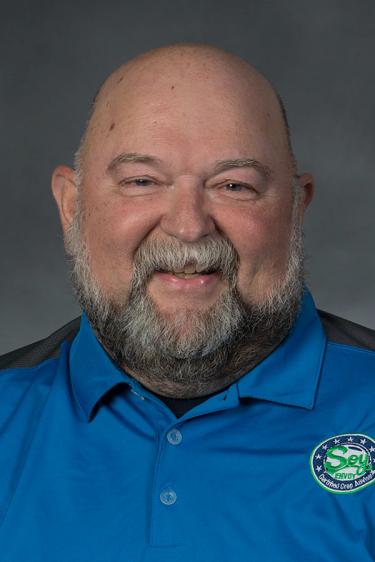ILSOYADVISOR POST
Soybeans 2017: The Good, The Bad, The Maybe Not So Bad
October is here and it’s time for my final Soy Envoy blog of the 2017 Growing Season. Let’s look back on what has taken place this year. Just a bit of forewarning, I’m afraid my season recap will run counter to my colleagues. In a year of dry conditions in much of Illinois, our region’s challenges have mainly been due to excess moisture, rather than deficits.
We started off talking about the advantage of planting soybeans early and my April blog gave six tips for early planting. At that time in my region, it appeared as if that was going to be an easy management tool to use. But as usual, Mother Nature had the final say. There were a few acres of soybeans that got planted in April, but the last week of that month was rainy and kept field work at a standstill. When growers could finally get back into the fields, they were either finishing corn planting, or replanting acres that had been drowned out by heavy rains. For the most part, early planting wasn’t a goal easily accomplished this year.

In May, my blog talked about the bean leaf beetle (BLB), its life cycle and how there is more than one stage in the pest’s cycle that can damage soybeans—both early season and late season. BLB wasn’t a big problem this season, but once again, the cool, wet weather early in the month had the most effect on the crop. It wasn’t until the week of Memorial Day (May 28 – June 3), that most soybeans were planted in my territory. It is amazing the amount of work modern farmers can accomplish in a short time when pressed. This later planting set back growth and development of the crop for the rest of the season, and even now we are seeing how it has impacted maturation of the crop.
June started off by wrapping up planting, followed by post-spraying beans that were planted early. There were quite a few drown-out areas that were replanted. Cooler than normal temperatures and wet conditions caused concern for white mold and Sudden Death Syndrome (SDS). As other parts of Illinois were talking about lack of rainfall, our area continued to receive ample amounts. Weed control challenges started being the concern. Spraying weeds when they were most vulnerable, less than 4 inches, was difficult due to the wet spring. Preplant products were reaching their expected lifespan and continued rainfall was helping weeds flourish. Japanese beetles were discussed, and some insecticide treatments were made.

July was a month of contrasts for North Central Illinois, with cooler than expected temperatures for the most part. Receiving regular rainfall aided soybean development, still we saw weeds, particularly waterhemp, giving growers some trouble. We also had concerns with dicamba drift, volatility and damage. Late in the month we started to join the rest of Illinois with drier than normal conditions. This kept white mold and SDS from developing as we had feared earlier.
August was abnormally dry and cool. Weeds and resprays were major concerns for much of the month. I saw more “revenge herbicide” applications made than I like. Spraying more of the same products on weeds that are too big is a great way to speed herbicide resistance in weed populations. The few August rains caused growers to be concerned with yield potential.

September was a turnaround month for temperatures. Higher temperatures were the name of the game. Harvest started about a week later than normal, and started off slowly. As the temperatures climbed, soybean leaves dried and dropped off, and the harvest pace picked up rapidly.
My September blog focused on ways to harvest many of your beans at or slightly above the 13 percent commercial ideal moisture. With temperatures in the low to mid nineties, the bean moisture levels dropped dramatically. As I write this, I estimate that slightly over half of the beans in our area have been harvested, and many were harvested in the 9 to 10 percent moisture range. With low humidity and little rainfall, the beans haven’t picked up any additional moisture.
Yields that have been reported to me have been better than growers and agronomists expected. 2016 North Central CCA Soy Envoy Adam Day and I discussed this and we theorized that the beans in the center of the soybean plant filled under adequate moisture levels and moderate temperatures, and this is where much of the yield of a soybean plant is grown. Later planted soybeans will be harvest later this fall and will finish out our 2017 growing season.

It has been a pleasure serving as a CCA Soy Envoy in 2017. Thanks to the Illinois CCA board and Illinois Soybean Association for the opportunity.
CCA Kevin Nelson is a 4R NMS at Northern Partners Cooperative. Kevin works with the Agronomy Sales Team and growers in North Central Illinois. He is a 2017 Illinois Soybean Association CCA Soy Envoy.





Comments
Add new comment